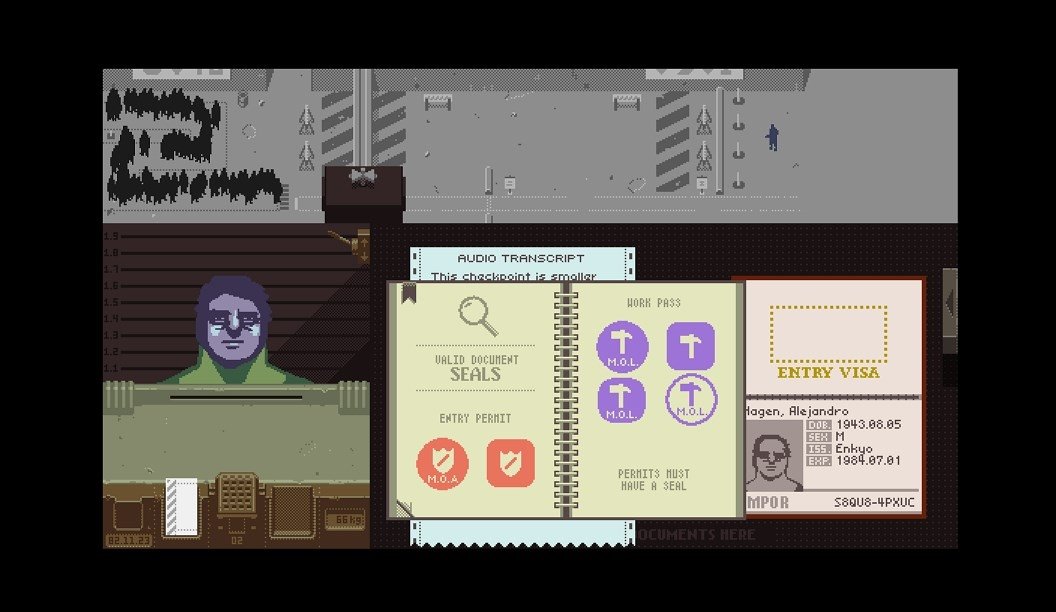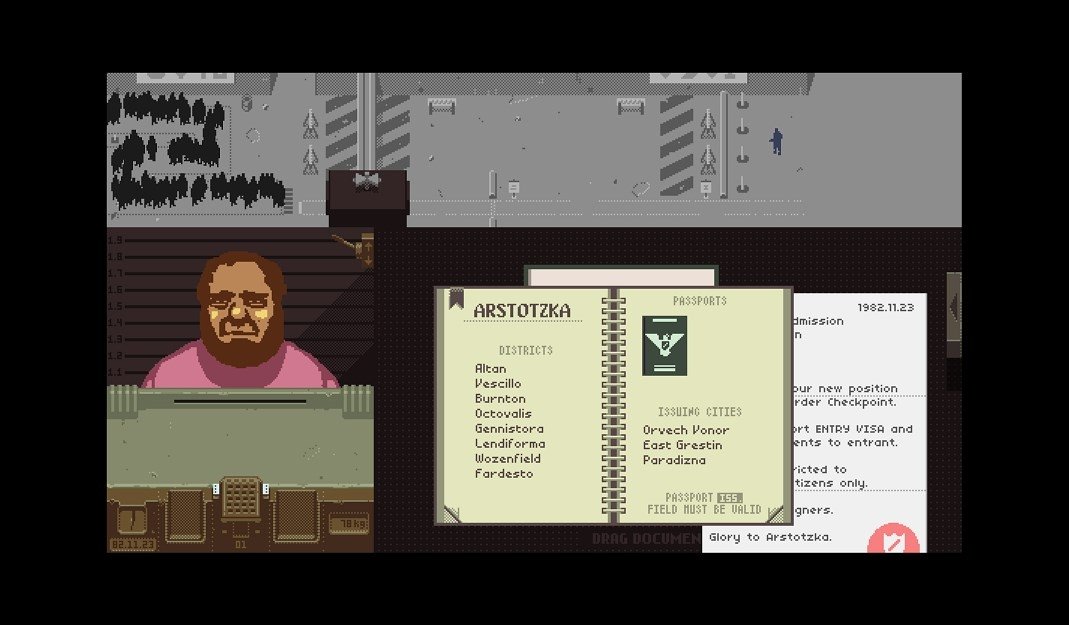

In a small window, the visuals worked well. After working on non-graphical stuff for so long, I took a moment to reflect on what I had with the visuals. Ultimately, the most important part of using dithering was to use it as little as possible.Īnd so I carried on developing the game with these points in mind.įour years later, in 2018, I’d built most of the content for the game and it looked like the thing might be finished soon. The size of each individual pixel was so physically large that my eyes had trouble combining the dithered patterns of black and white back into shades of gray. The most important thing I realised though is that the game’s low resolution (originally 640×360), when stretched to fullscreen, conflicted badly with the mechanisms that make dithering work. Grid-like Bayer patterns reproduce a range more accurately, and random-like Blue Noise patterns feel more organic. Careful ditheringĭithering 1-bit images to make them appear to have more shades is a well-known technique, but I stumbled onto a few important nuances early on.įirst, different dither patterns are good for different things. Luckily neither of those were issues with the overall theme of the game, or the environmental spaces on the Obra Dinn. You wouldn’t want these if obscuring things was important, or if the draw distance was far enough that outlines on distant objects would clutter the view. Focusing on legibility basically meant two things: 1) outlines on geometry and 2) careful dithering.Ĭlear outlines on the geometry like this make understanding the 3D space much easier. Even though the inspiration came from the 1-bit limitation, I wanted to make a full proper game of it and do my best to keep players from thinking this limitation was just an annoying excess. The title screen was first, where I got a loose handle on using dithering techniques to make the high-contrast black & white pixels look like more gradual shades of gray.įor the 3D style, I decided to prioritise legibility above all else.

Using Unity, things came together quickly in the beginning.

I always loved how games on this Mac looked, and after finishing Papers Please in 2014 my first thought was to throw things back to 1987 and experiment with 3D in 1-bit. That system had a tiny but crisp 9″ black and white monitor with 512×342 square pixels. The original motivation for Obra Dinn was simple: I wanted to make a modern 3D game that looked like the old 1-bit games I played on my family’s Macintosh Plus while growing up. Now that Obra Dinn is coming to your favourite system, I thought it’d be interesting to look back at how the game’s visual style came about and how it evolved over the years of development. Finally, a game that unleashes the full power of the Playstation 4.

800×450 pixels of high resolution 3D rendering.


 0 kommentar(er)
0 kommentar(er)
